Ahead of the launch of our Conservation Training Academy course An Introduction to Zoo and Wildlife Endocrinology, we speak to the event’s co-host and conservation expert Dr Veronica (Ronnie) Cowl to find out more about her career highlights.
As Reproductive Biology Coordinator, we find out more about her role in our mission to prevent extinction, and how she ended up working among Chester Zoo’s extraordinary team of Conservation Scientists
With her unique experience and insight, she shares her advice to budding conservationists looking to pursue a career in the field of biology…
What does it mean to be a reproductive biology coordinator for Chester Zoo and EAZA?
“My role is all about helping breeding coordinators with the reproductive management of the wildlife populations in their care. Part of a zoo’s mission is to maintain genetically valuable populations of some of the most endangered species on Earth, and I’m one of the scientists helping to guide that approach.
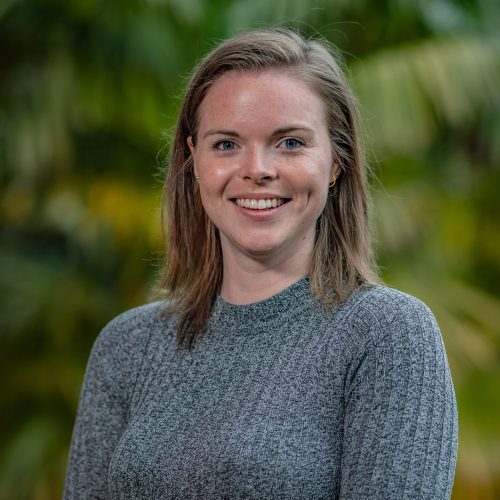
“The work is really two sides of the same coin. When populations become too large, or we want to avoid problems such as inbreeding, we need to limit populations from expanding further, or reduce them. My job involves evaluating the safety and efficacy of these methods for the massive amount of species under zoo care.
“On the other side of the coin, sometimes we want to increase reproduction. Some species breed easily, and it can be ‘easy’ to grow populations, but not always. Sometimes we have animals that we assume are fertile but turn out not to be, which can be a challenge to the sustainability of breeding programmes for the most threatened species where numbers are scarce.
“So, we ask the question – what can we tweak to help save these species? But I don’t answer this question alone, I coordinate the activities of the EAZA (European Association of Zoo’s and Aquaria) reproductive management group (EAZA RMG), a collection of keepers, vets and curators with an interest in reproduction. Together we do research that informs breeding best practice in zoos.”
How did you get into the job?
“I came out of my Zoology undergrad not entirely sure what I wanted to do other than knowing I enjoyed research. This is six years ago now, and at the time a Masters project came up at the zoo monitoring and evaluating Sulawesi crested macaque behaviour, hormones, and habitat use as they were moved into their new home in the freshly built ‘Islands’ zone.
“While this was all unfolding, an opportunity came up – incredibly luckily for me – for a 6-month job role managing a contraception database, and have been here ever since!
“My Masters project slowly evolved into a full scale PhD as part of the zoo’s Conservation Scholar programme and during that time I was able to develop my research skills and start to delve into research questions surrounding breeding and contraception in zoos. A big part of my role is still managing the contraception database, which we share with our sister organisation in the United States, the AZA Reproductive Management Center (AZA RMC). The database has around 48,000 records of contraception use, each carrying detail of the animal in question: species, age, weight, if they’ve previously reproduced, physical changes, contraception success etc. All of this gives us the evidence base to make recommendations to collections that want support in making decisions.
“I had never wanted to focus on one thing only in my career, and that’s what I love so much about doing this job. Every day a different request will come in, it could be for a painted dog, it could be for a whooping crane. I’m always learning and exploring new aspects of reproductive management.”
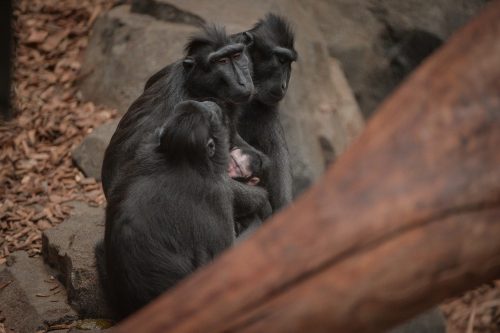
It’s been a hard year for us all with the pandemic, but what projects have you been excited about over the last 12 months?
“I’ve been lucky enough to continue my research throughout the pandemic. Breeding programmes can’t be furloughed and neither can the support that we offer them, so we kept on going.
“A really exciting project for me has been looking at worldwide tiger contraception practices, working closely with the Royal Veterinary College, Zoological Society of London and the AZA RMC. We wanted to find out how people are contracepting tigers, how long contraception lasts for and what factors contribute to reversibility. We recently published a paper on this and refined our recommendations on dose, duration of treatment, and how to ensure the product achieves the intended result. Our research has further illustrated that you can double the manufacturer’s minimum expected treatment duration in tigers, which helps reduce pressure on veterinary teams and the tigers themselves.”
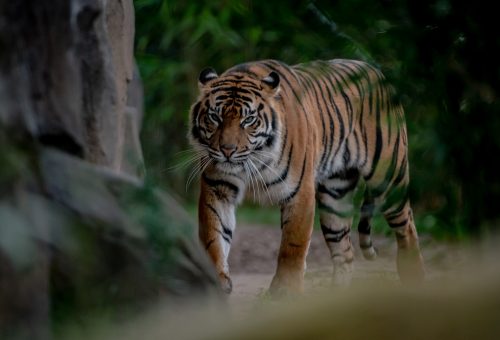
Tell us about some of the challenges of the job?
“The real challenge is the diversity of species and the questions we’re asked. We might get really specific questions about the reproductive health of a species related to a contraception strategy, or early stage queries seeking to understand how to manage a little researched species.
“But there’s so much unknown, so a lot of research is needed to understand each situation fully. Take bonobos for example. For them, sex is a huge part of their social group dynamic, so we have to understand how contracepting individuals can affect this before we make any recommendations. Answering these questions for thousands of species – there are 400 breeding programmes across EAZA alone – can be a real challenge! So many questions to answer and so many species to study, but I have no doubt that we’ll get there.”
In such a rapidly evolving field, there must be new tech and options for research arising all the time?
“Alongside the EAZA Biobank, the EAZA population management centre and fledgling cell storage charities such as Nature’s SAFE, we’re currently working on a really big piece of work which looks at how, together, we might be able to establish a cryopreservation network. With one million species facing extinction, no one knows what the future will hold and so we need to explore how we safeguard the genetic diversity we have now, to ensure there are options for conversation in the future, should we need them. Cryopreservation, the freezing and long-term storage of cells, is an innovative, potentially exciting new area for conversation, and there’s scope to develop a big collaborative approach to progress this field. If we get there, we may have potential to restore entire populations that have reached the brink of extinction.”
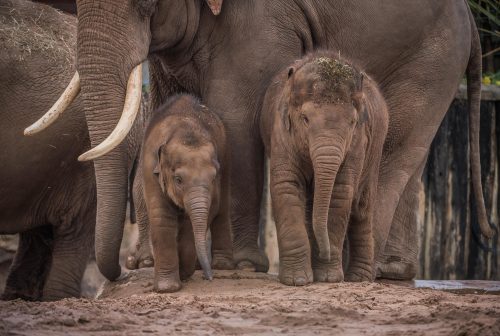
In your career so far, what’s been your greatest achievement?
“I’m really proud of the buy in we’ve had from the broader community of ex-situ (in zoo) wildlife conservationists. The EAZA Reproductive Management Group had been around for six or seven years prior to me joining, but since then we’ve more than doubled the amount of queries we get from institutions each year to do with reproductive management and contraception. With the expertise and direction we’ve got today, we can offer more and more services and expertise to the conservation community, and I’m so excited to see how much further we can grow it over the next few years.”
What would you say to someone considering a career in this area of biology?
“Seize the available opportunities. You need to impress people, show that you work hard and that you’re dedicated. Especially important – network as much as you can. It’s never ever a bad thing to register your interested with someone. Reach out to experts in the field and just talk to them. It’s never a burden to hear from enthusiastic people that are prepared to put the time and effort into this exciting field, and just need a direction to start heading in.”
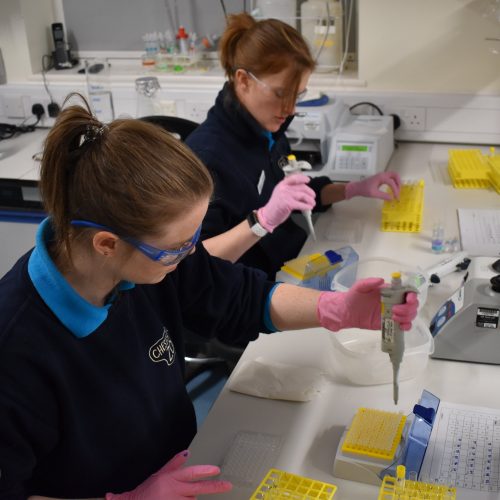
And how can people get in touch and learn from you directly?
“Here at Chester Zoo, we recently launched our exciting new Conservation Training Academy! On 29 April, we’re hosting our first course on wildlife endocrinology, where you can join me and our Lead Scientist for Biomarker Development, Dr Katie Edwards for a day of activities and problem-based learning in our areas of research. Come and join us for a proper experience of answering the research questions that help us drive worldwide breeding programmes day in day out!”
FEELING INSPIRED?
Join Dr Veronica Cowl and Dr Katie Edwards at our virtual event ‘An Introduction to Zoo and Wildlife Endocrinology‘ on 29 April. Take part in their introductory one-day course designed for people looking to make a real difference in conservation, by gaining knowledge and skills in conservation physiology.